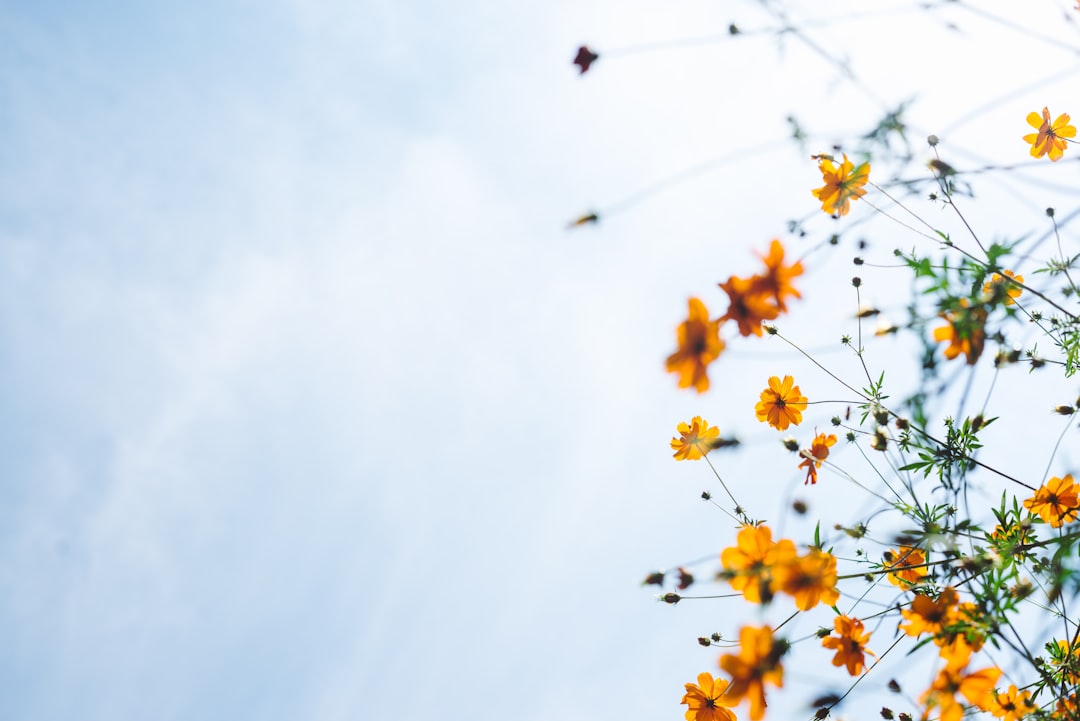What is it about?
It has been assumed for decades that women have the same sexual arousal and desire patterns as men. We demonstrate that not only do women's arousal and desire patterns differ from the traditional sexual response pattern, they differ from each other. Interestly, 5 out of 6 of the patterns were link with healthy sexual outcomes. This is important for women and their partners to understand because it will allow women to be more accepting of their own arousal and reduce the pressure to respond like their partner or even other women.
Featured Image

Photo by JR Korpa on Unsplash
Why is it important?
This work helps provide evidence of many different types of desire and arousal patterns, which will enable women to be less judgmental of their sexual experience and more accepting of how their body responds sexually.
Perspectives
I am thrilled to help open up a healthy discussion about how differently women may respond in a sexual experience. We are socialized to think that sex ought to look and feel one way--high desire and arousal. This isn't a realistic or even healthy perspective. Women are individuals and likely have different contributors and detractors to their sexual experiences. This work provides some evidence that women are different even in their sexual experiences and that should be celebrated and embraced.
Chelom Leavitt
Brigham Young University
Read the Original
This page is a summary of: Different Ways to Get There: Evidence of a Variable Female Sexual Response Cycle, The Journal of Sex Research, May 2019, Taylor & Francis,
DOI: 10.1080/00224499.2019.1616278.
You can read the full text:
Contributors
The following have contributed to this page










